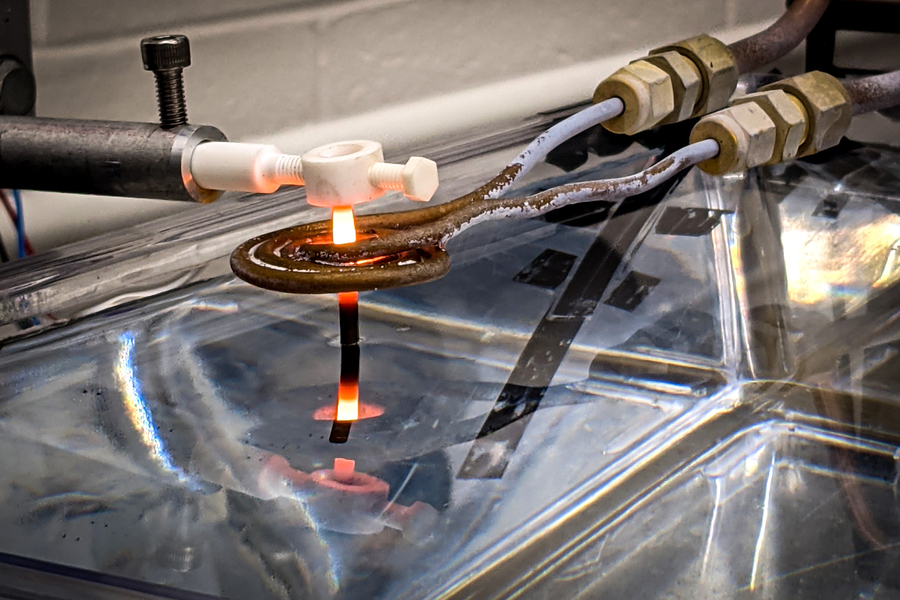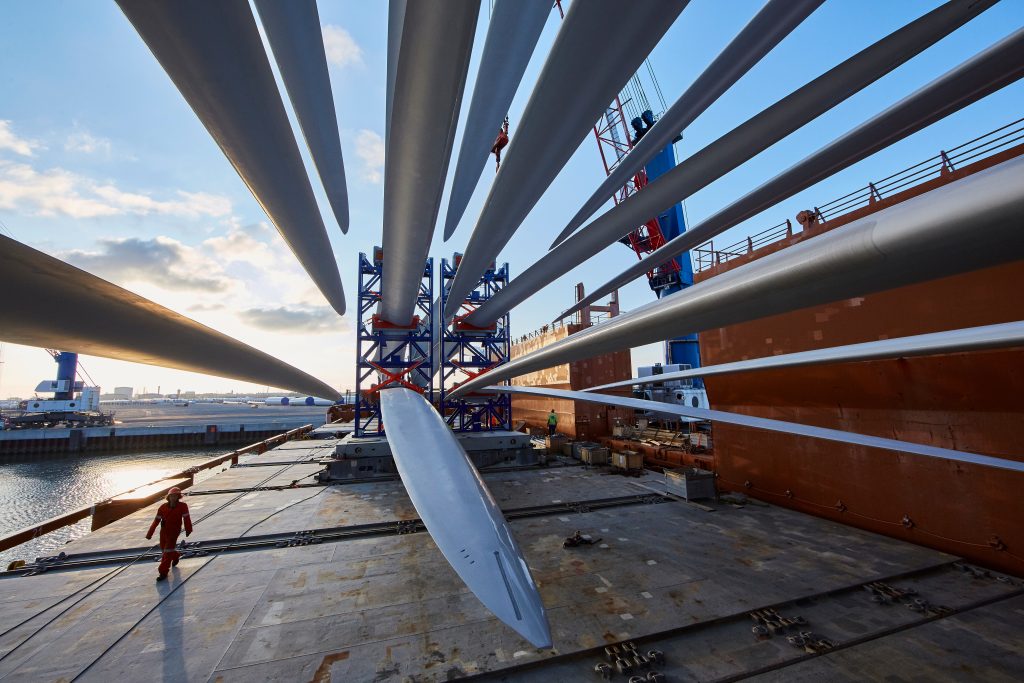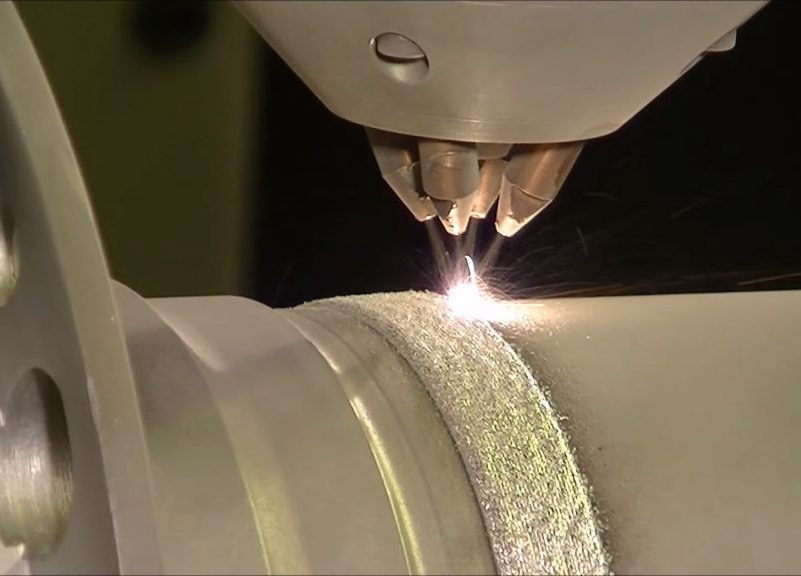The 3D Printing Industry Awards 2022 shortlists are now available for voting. Who will win the 2022 3DPI Awards? Have your say by casting your vote now.
Researchers at the Massachusetts Institute of Technology (MIT) have developed a heat treatment that allows 3D printed metals to withstand prolonged exposure to extreme temperatures.
The MIT engineers’ metal 3D printing workflow involves introducing an extra heat-treating step, which transforms a material’s fine grains into larger, more heat-resilient ‘columnar’ ones. In practice, it’s thought the technique could be used to develop more fuel and energy-efficient 3D printed blades, as well as vanes for power-generating gas turbines or jet engines.
“In the near future, we envision gas turbine manufacturers will print their blades and vanes at large-scale additive manufacturing plants, then post-process them using our heat treatment,” says Zachary Cordero, a Boeing Career Development Professor in Aeronautics and Astronautics at MIT. “3D printing will enable new cooling architectures that can improve the thermal efficiency of a turbine, so that it produces the same amount of power while burning less fuel and ultimately emits less carbon dioxide.”

An MIT heat-treating alternative
Many gas turbine blades are currently manufactured via conventional casting, a process in which molten metal is poured into a complex mold before being solidified into a desired shape. As such parts are designed to rotate at high speeds in hot gas, while working to generate electricity in power plants or thrust in engines, they need to be created from the most heat-resistant alloys around.
Those seeking to advance turbine blade technology have increasingly tried to manufacture them via 3D printing, in a way that enables the realization of intricate, energy-efficient blade geometries. However, metal deformation or ‘creep’ upon consistent exposure to mechanical stress or high temperatures, continues to be a barrier to adopting this approach.
Considering that additive manufacturing turbine blades causes them to feature fine grains in the order of tens to hundreds of microns in size, they’re also particularly vulnerable to such deformation. According to Cordero, creep can effectively shorten the service life and fuel efficiency of the gas turbines they’re fitted to, and their failure has the potential to trigger “costly, undesirable outcomes.”

To get around these issues, Cordero and his MIT team have uncovered a way of improving the structure of 3D printed alloys by adding an additional heat-treating step. This ‘directional crystallization’ process effectively turns a material’s grains into a sturdier microstructure that minimizes creep potential, by organizing them into more uniform columns that are aligned with the axis of greatest stress.
Initially, the researchers tested their approach on nickel-based superalloys, the likes of which are often used to cast turbine blades. Through a series of tests, the engineers found that pulling a rod-shaped alloy out of water and through an induction coil at a speed of 2.5mm per second at 1,235°C, yielded the ideal structural change needed to reinforce parts.
Having proven their concept, Cordero and his colleagues now plan to experiment with using it to produce structures that more closely resemble turbine blades, with the ultimate goal of developing complex builds with industrial applications.
“New blade and vane geometries will enable more energy-efficient land-based gas turbines, as well as, eventually, aeroengines,” adds Cordero. “This could from a baseline perspective lead to lower carbon dioxide emissions, just through improved efficiency of these devices.”

3D printing in turbine blade repair
Developing new ways of not only producing but repairing turbine blades continues to be a focus in both the energy and aerospace sectors, with many turning to 3D printing as a potential tool for achieving this. Just last year, Optomec was awarded $500,000 to develop a set of optimized 3D printing parameters for the repair of the jet engine turbine blades found on the US Air Force’s fighter jets.
As part of a US Department of Energy project, GE Research has also previously signaled its intent to improve the way 3D printed wind turbine blades are manufactured. Working with GE Renewable Energy, LM Wind Power, the Oak Ridge National Laboratory and the National Renewable Energy Laboratory, the firm has worked to increase the competitiveness of onshore and offshore wind energy.
Likewise, Siemens Energy has developed its own workflow for 3D printing new features onto gas turbine blades. This fully automated process chain makes use of a specially-developed laser powder bed fusion process called ‘HybridTech,’ to upgrade existing parts with features like intricate cooling channels to alleviate any risk of cracks and defects.
To stay up to date with the latest 3D printing news, don’t forget to subscribe to the 3D Printing Industry newsletter or follow us on Twitter or liking our page on Facebook.
While you’re here, why not subscribe to our Youtube channel? featuring discussion, debriefs, video shorts and webinar replays.
Are you looking for a job in the additive manufacturing industry? Visit 3D Printing Jobs for a selection of roles in the industry.
Featured image shows one of the MIT team’s heat treatment experiments. Photo via MIT.



